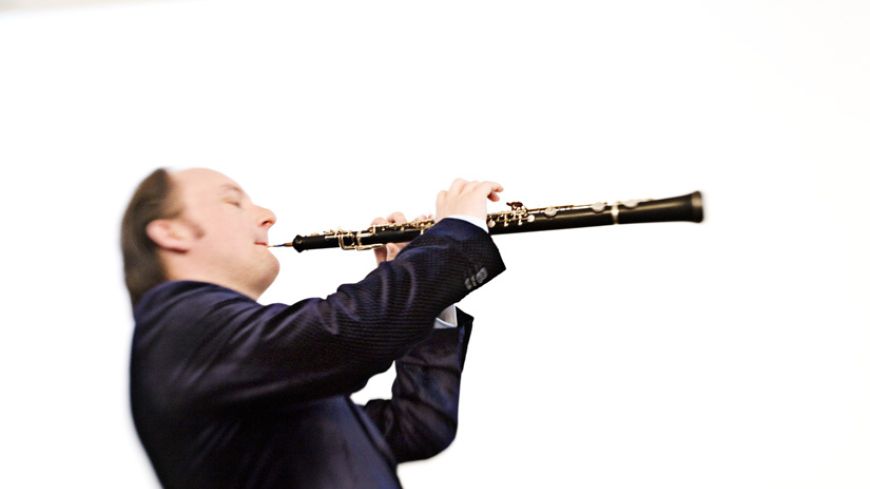
The Scottish Chamber Orchestra concert at the Queen's Hall spanned two centuries - from 1813 to 2010. Conducted by the guest Finnish conductor John Storgards, the first piece on the programme was Symphony No 5 (Symphony for Strings) in three movements by the American composer William Schuman.
Written during the War, in 1943, it immediately became a huge success. With complicated syncopated rhythms incorporating baroque and jazz styles, the symphony is a dynamic, challenging piece for the orchestra to play. The first movement abounds with strident chords and in the melancholic second movement, which has exquisite tender passages, the orchestra's twenty-three string players were superb. The third movement with pizzicato strings and prominent double basses evoked some thrilling musical moments.
The SCO and the Swedish Chamber Orchestra have for ten years co-commissioned works by both Scottish and Swedish composers and next on the programme was a new composition by the Swedish composer, Albert Schnelzer.
Schnelzer wrote his oboe concerto 'The Enchanter' specifically for François Leleux, possibly the world's greatest oboist. They met in America at a music festival where a bassoon concerto of Schnelzer's was being performed and Leleux immediately asked him to write an oboe concerto for him. The result is a collaboration between composer and artist called 'The Enchanter'. And Leleux's playing certainly enchants.
In three movements, performed without a break, The Enchanter begins ponderously, with drum rolls, and has an almost ominous feel with the oboe continuing in its own unique way. The complex cadenza in the first movement displays Leleux's extraordinary versatility, both in tone and technique.
He breathes in a circular fashion, which means he can sustain passages for a phenomenal length of time - even the composer (who was in the audience) is unable to discern where he takes a breath when playing. Leleux is also able to play - effortlessly - one of the highest notes ever played, top 'c'.
The third movement, featuring strong percussion, has a mischievous quality with obvious Eastern influences, inspired by Rushdie's novel, The Enchantress of Florence.
Leleux gave such a flawless, wonderful performance the composer was moved to rush up embrace him while the audience were still enthusiastically clapping. As a treat, Leleux performed an encore - one of Telemann's Fantasie for Solo Oboe.
The concert concluded with Beethoven's rousing Symphony No 7 in A major written in 1813. With passionate conducting by John Storgards the symphony bears all the hallmarks of Beethoven's genius with his frequent subtle key changes, particularly in the first movement.
One of his most popular symphonies, it had a mixed reception when it was first performed for the benefit of wounded Austrian and Bavarian soldiers defeated by Napoloeon's army at the battle of Hanau. With a demanding percussion part, the orchestra played the final movement at a terrific pace. A marvellous ending, to a marvellous concert.

